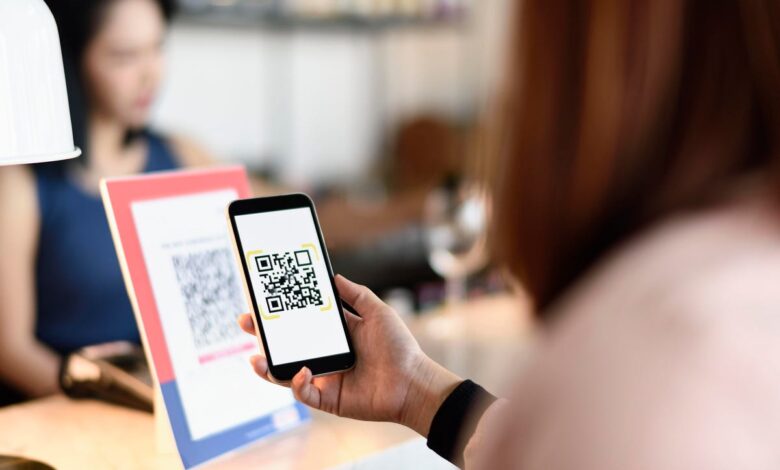How to Use QR Codes Properly?

QR Codes are a matrix type of barcode that can be used to identify items. Originally created in 1994, the QR Code is a type of machine-readable optical label that contains information about the attached item.
Today, these codes are used to promote products and services. Regardless of their purpose, these codes are a useful way to communicate with customers.
Dynamic
Dynamic QR Codes are a great way to give your customers a personalized experience. You can use them for any type of business. This type of code is also useful because it is valid for one year. Unlike static QR codes, dynamic ones will not expire.
Therefore, you will have enough time to update them. When creating QRCodes, think of all the possibilities that are available. For example, you may want to drive product downloads within your app.
Then, you can use a dynamic QR code to convert the App Store QR Code into an App Deep Link QR Code, which redirects the end-user to a specific page within the app. Another great feature of dynamic QR codes is that they are trackable.
This feature allows you to measure the performance of your campaign and adapt your QR codes accordingly. In addition to this, dynamic QR codes have the flexibility of updating their content, so they can be used for a variety of purposes.
Static
Static QR Codes are a great choice for one-off marketing campaigns. They don’t require updates and are easy to create. They can also link to your online portfolio. If you want to use this technology, you should make sure you understand how to use it correctly.
Here are some tips to help you create a good static QR Code. Static QR Codes can be customized to represent your company’s logo, background color, and image. They are also flexible enough to be used on websites and social media. They can also be shared for informational purposes.
They are less complex to create and are less prone to typos. These codes can be used to track inventory more efficiently. Simply paste a Static QR Code on every product and your customer will be able to read its full description. Static QR Codes are not as flexible as dynamic codes.
Dynamic QR codes contain the URL of the company that created them. When a user clicks on a QR code, they will be redirected to that URL. This can be confusing for users, and it may prevent them from clicking on the link. However, despite these drawbacks, dynamic QR codes have many benefits over static codes.
Multifunctional
QR Codes are a cost-effective way to market to a global audience. They are also multifunctional and can be used for several purposes. The location redirection feature, for example, is a great way to drive traffic to a website from multiple locations.
You can control the URL of the website you’d like visitors to visit based on their location, and QR codes can be used to set a specific location for a specific product.
Another way to use QR codes is for data tracking. You can store data about a particular user in the code, such as how many times they downloaded a particular app, and then automatically redirect them to a different landing page based on the time of day, and location.
This helps businesses determine which aspects of their marketing efforts need improvement.
For promotional purposes, you can create a FrameQR, a code that features a frame area that can be used to promote a specific product.
Another new type of QR Code, the HCC2D Code, is in the prototyping phase and uses colors to increase data density and cope with chromatic distortion. This type of barcode has an additional field called the Color Palette Pattern, which allows for more data to be stored.
Contactless
QR Codes are a fantastic way to drive sales, whether you’re in a physical store or online. Using them as payment options can save you money and time, and they’ll also keep your customers happy.
The global market for contactless payment is expected to surpass $4.68 trillion by 2027, a staggering amount of money. If you’re looking for new ways to attract customers, QR Codes can be the key to unlocking your store’s golden days.
Using them as coupons will keep customers coming back to your store. Adding QR codes to your online forms can be a smart way to make your forms more interactive. You can also use them to let your customers check in more quickly and safely.
With Jotform, you can create custom online forms with QR codes and link them to specific web pages. Once a customer fills out the form, the app will display it on their smartphone screen.
QR codes are especially useful for contactless payments, as they allow the instant transfer of funds. They can also be printed on restaurant bills, checkout counters, and more. Contactless payment solutions are a big trend, and more consumers will be using them in 2020.
Businesses of all kinds are responding to this demand by introducing new initiatives. Some of them include Square and CVS pharmacy payment integrations.





